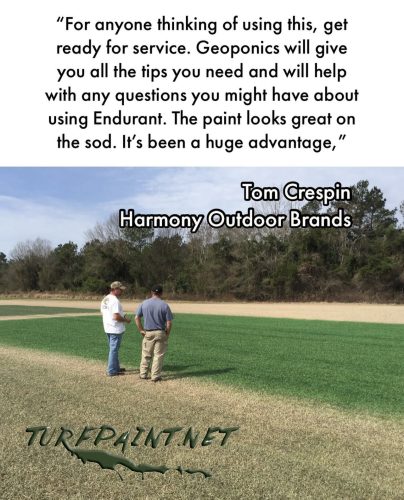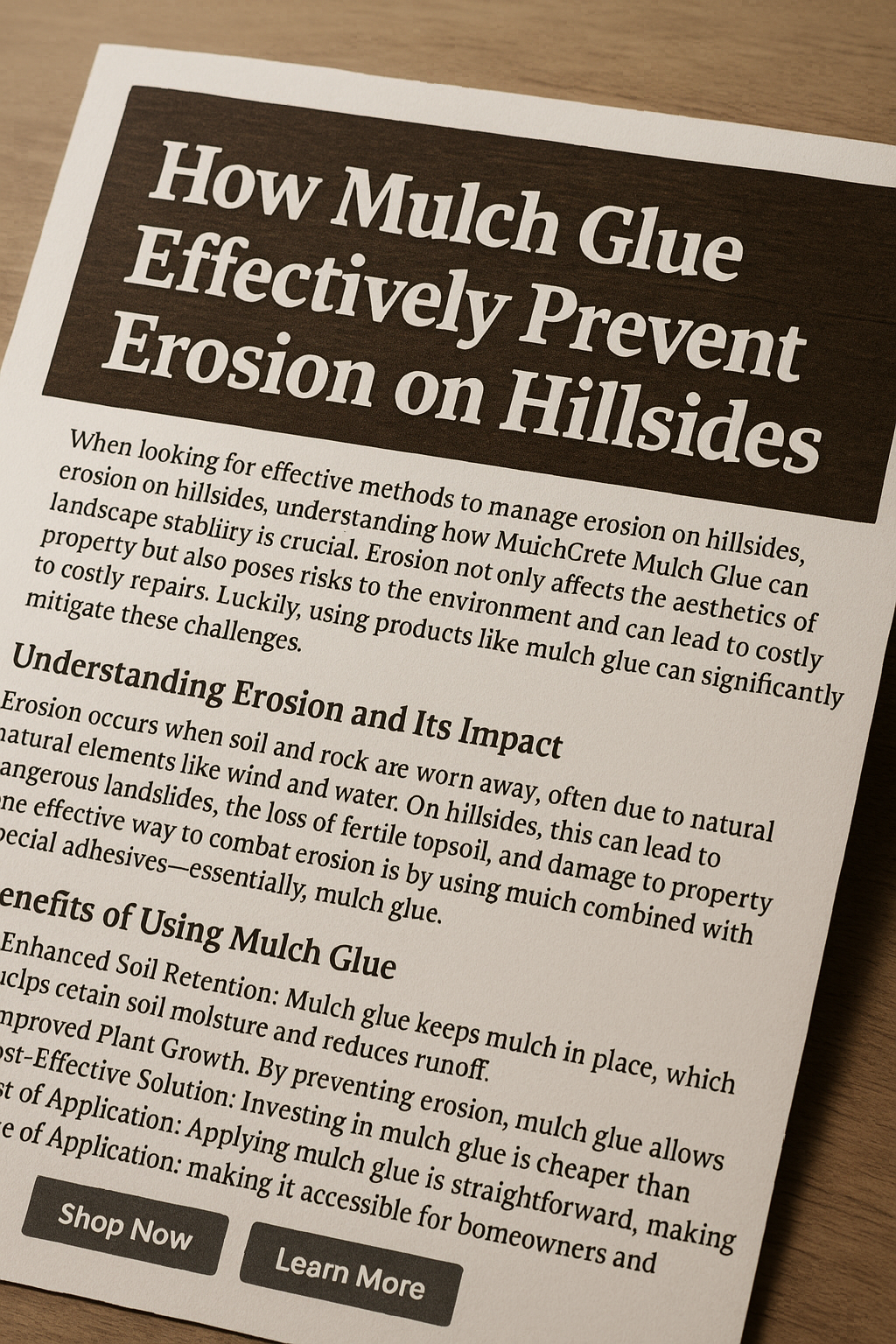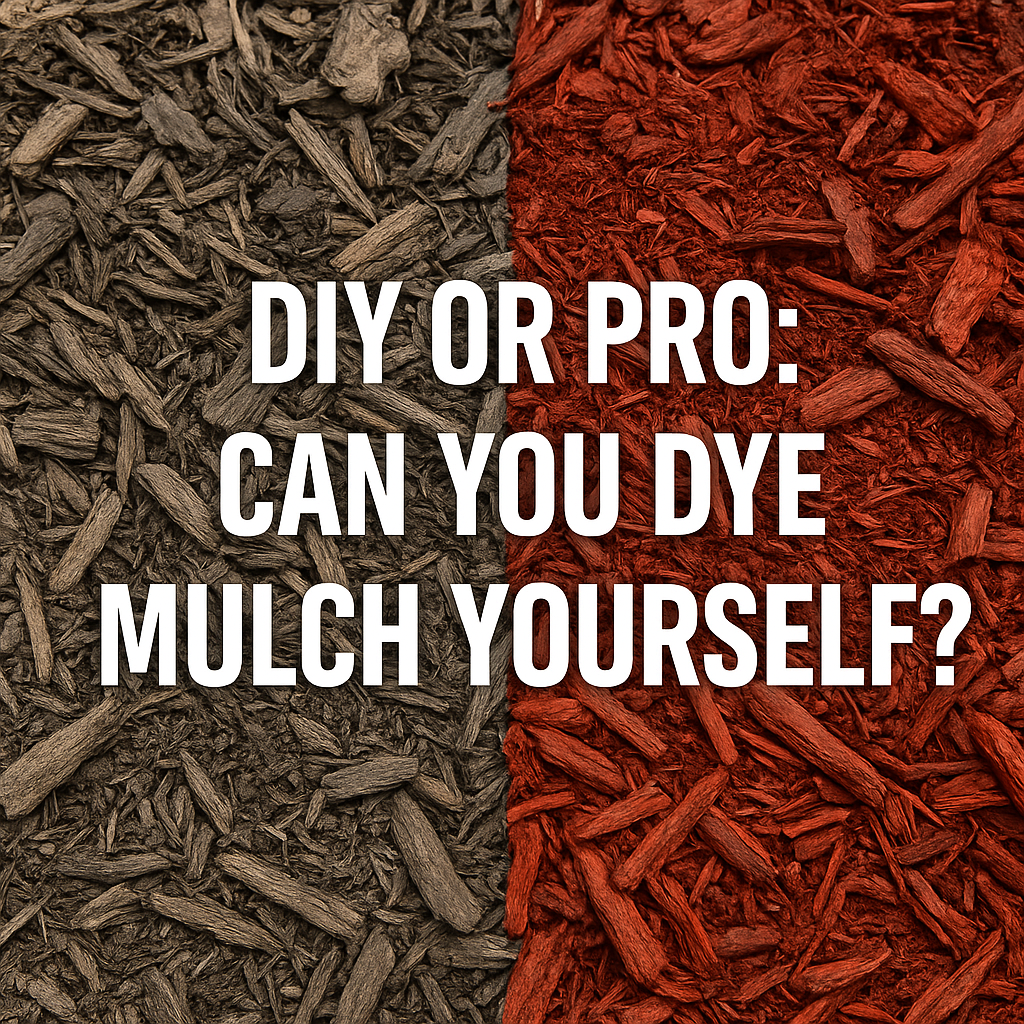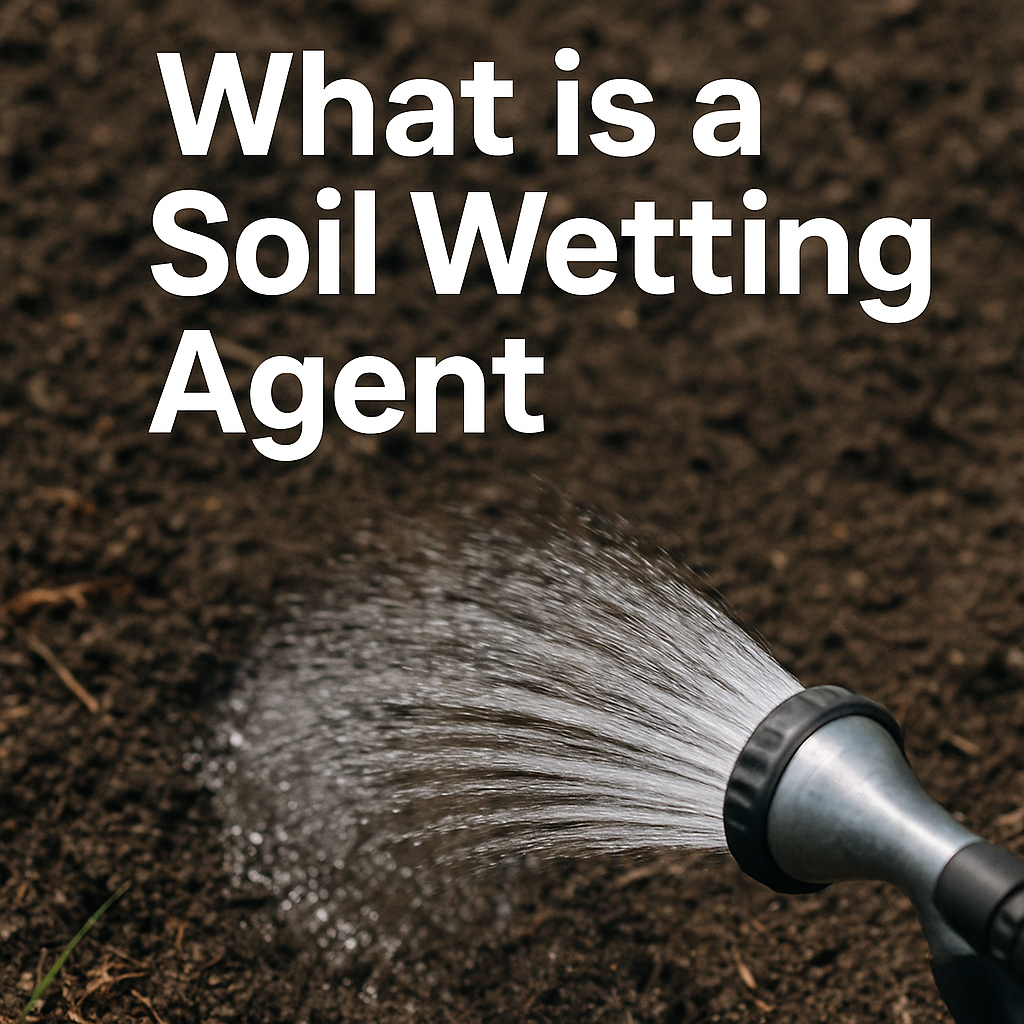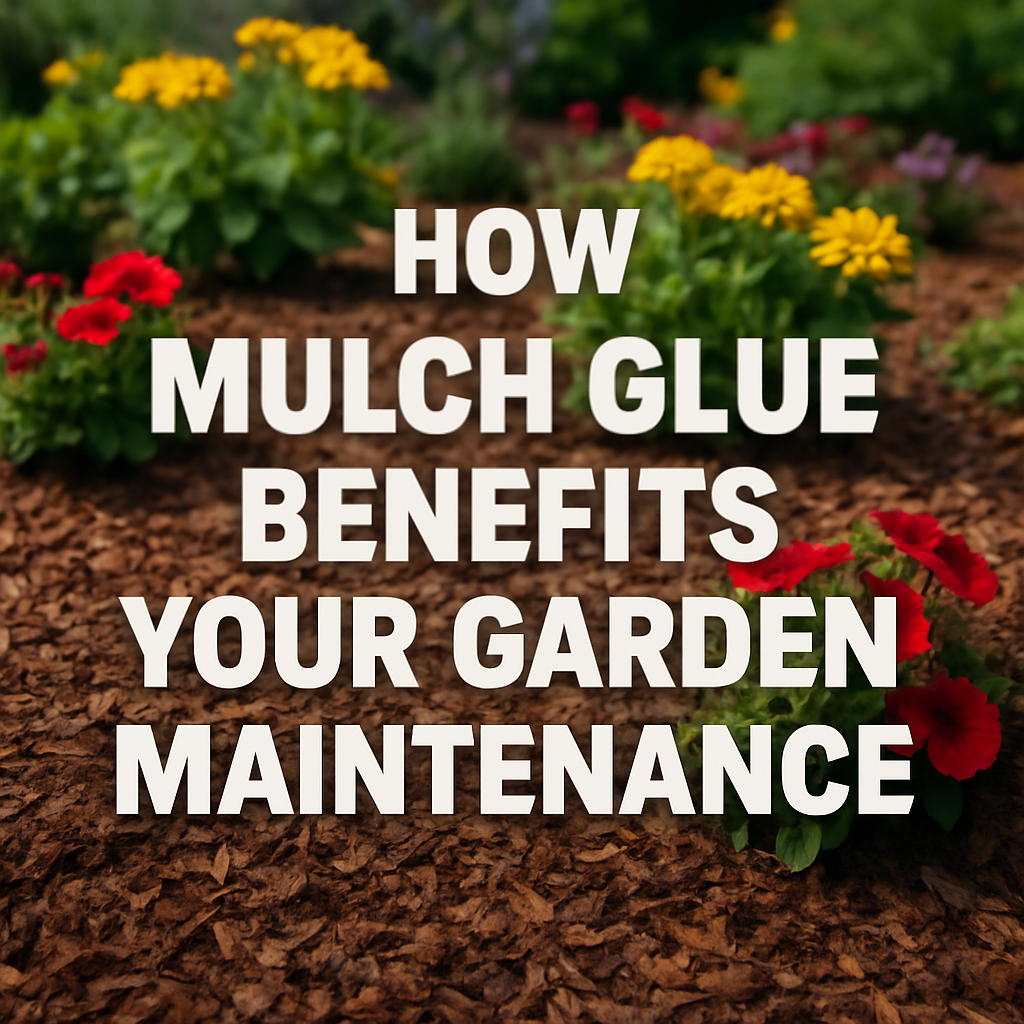Sod growers throughout the U.S. are sharing how they are getting green turf faster than ever this spring. The top selling sod growers in the U.S. are experiencing one of the most successful springs yet with Endurant organic turf colorants.
Endurant turf colorants are authentically vibrant green pigments made with binders and surfactants chosen specifically for excellent adherence to turfgrass. This ensures the color remains full, rich, consistent and long-lasting for a natural looking green. Endurant’s visual appeal is unmatched by any other brand on the market.
The reduction of chemical usage, decrease in watering and fewer transition related problems have combined to make this management strategy increasingly appealing for financial and agronomic reasons.
Endurant enhances turf color while looking natural. Endurant comes in multiple shades and concentration levels appropriate for use during all four seasons and on a wide variety of turfgrass species.
Learn more about the nation’s top sod growers choice to use Endurant here.
Benefits of Endurant turf colorant:
- Natural green color
- Will not fade to blue
- Safe on pumps
- Long lasting
- Faster transition to actively growing
- Economical
Here is what sod growers have to say about Endurant:
“Endurant paint definitely sticks to the plant better and creates a noticeable difference with fewer passes. We cut our passes down by half over the previous products used. We are very pleased with the natural green color we achieve with Endurant while coming out of dormancy.”
Keith Wittig, Central Turf Farms, Houston, TX
“I am very pleased with the Endurant turf colorants. We have never sold Bermuda sod in March before this year in the Atlanta area. Not only are we selling it weeks earlier but the retail customers are purchasing all that we put in the stores. This is creating revenue that we have not had previously at this time of year.“
Logan Smith, Harmony Outdoor Brands
“I like this Endurant much better than the product we were using before. There is no comparison!”
Lindy Murff, Murff Turf Farm
“I have been very pleased with the Endurant products offered by Geoponics in Texas. The colorants have as natural a turf appearance as I’ve ever seen. Also the customer service and turn-a-round times with our growers has been excellent which has assisted with on time deliveries to the end customer.”
Tom Crespin, Harmony Outdoor Brands
“Endurant – it’s just a better product…We’ve had really great success with the Endurant FW and PR – just their overall color, the spray, their consistency and it saves money in our program.”
Jamie Tedder Bethel Farms
“I am surprised at how well the Endurant product held up over time when compared to the product we were previously using. Color really held up well.”
Willie Gavranovic, Horizon Turf Farms
“This was the first time we have painted at our farm. The folks at Geoponics were helpful and available when we needed their assistance. The Endurant FW looked great and assisted in attaining a natural green color to our partially dormant St. Augustine. Really looked nice.”
Harvey Salazar, Superior Turf
